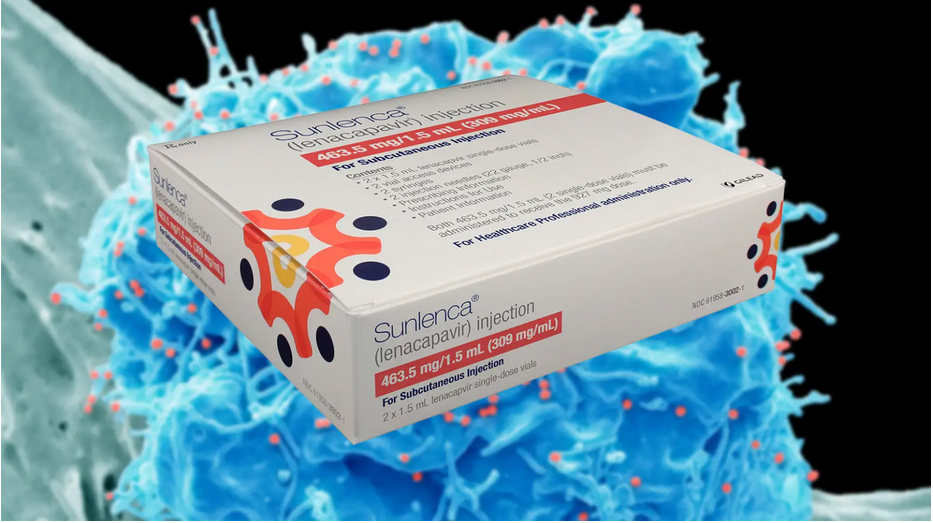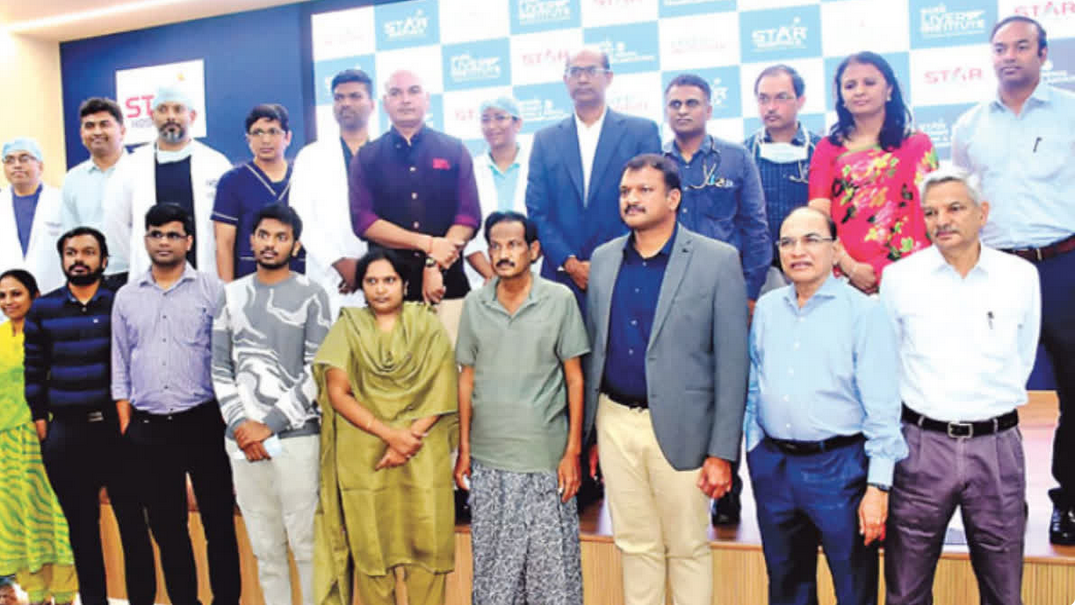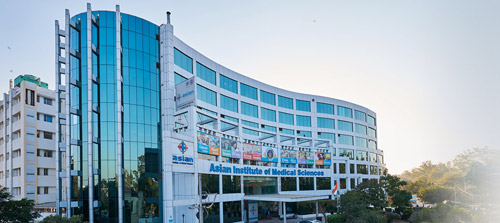Tuberculosis (TB) continues to be a significant public health concern in India, with a high burden of cases in densely populated regions. an exclusive report highlights the efforts to replicate the successful model implemented by Mira Bhayandar Municipal Corporation (MBMC) in the Mumbai Metropolitan Region (MMR) to combat tuberculosis. This article examines the significance of this initiative and its potential impact on TB eradication.
The MBMC Model: A Blueprint for Success
The Mira Bhayandar Municipal Corporation (MBMC) has been recognized for its effective approach in tackling tuberculosis. The model focuses on early diagnosis, prompt treatment initiation, and comprehensive patient support.
• Key features of the MBMC model, as highlighted
1. Strengthened Diagnostic Facilities:
The MBMC has implemented strategies to improve access to quality diagnostic facilities, such as GeneXpert machines, which provide rapid and accurate results for TB detection. This ensures timely diagnosis and reduces the risk of transmission.
2. Appropriate Treatment Support:
The MBMC model emphasizes the provision of free and quality-assured anti-TB drugs, ensuring that patients receive appropriate treatment. Additionally, the model offers counseling and support services to patients and their families, helping them adhere to the treatment regimen.
3. Community Engagement:
Engaging the community is a crucial aspect of the MBMC model. The article mentions the involvement of NGOs, community health workers, and local leaders to raise awareness, promote early detection, and reduce the stigma associated with tuberculosis.
• Replicating the Success in Mumbai Metropolitan Region MMR:
The replication of the MBMC model in the Mumbai Metropolitan Region (MMR) holds great promise for tuberculosis eradication efforts in the region. By adopting the successful strategies implemented by MBMC, other municipal corporations in MMR can address the challenges associated with tuberculosis and achieve similar positive outcomes.
1. Enhanced Collaboration:
The article highlights the importance of collaboration between various stakeholders, including government bodies, healthcare providers, NGOs, and community members. By working together, they can pool resources, share best practices, and create a unified front against tuberculosis.
2. Scaling up Diagnostic and Treatment Facilities:
Replicating the MBMC model requires a focus on scaling up diagnostic and treatment facilities across the MMR region. This includes ensuring the availability of quality diagnostic tools, trained healthcare professionals, and free access to anti-TB drugs.
3. Empowering Community Health Workers:
The involvement of community health workers, is crucial for successful implementation. They can play a vital role in raising awareness, conducting screenings, facilitating referrals, and supporting patients throughout their treatment journey.
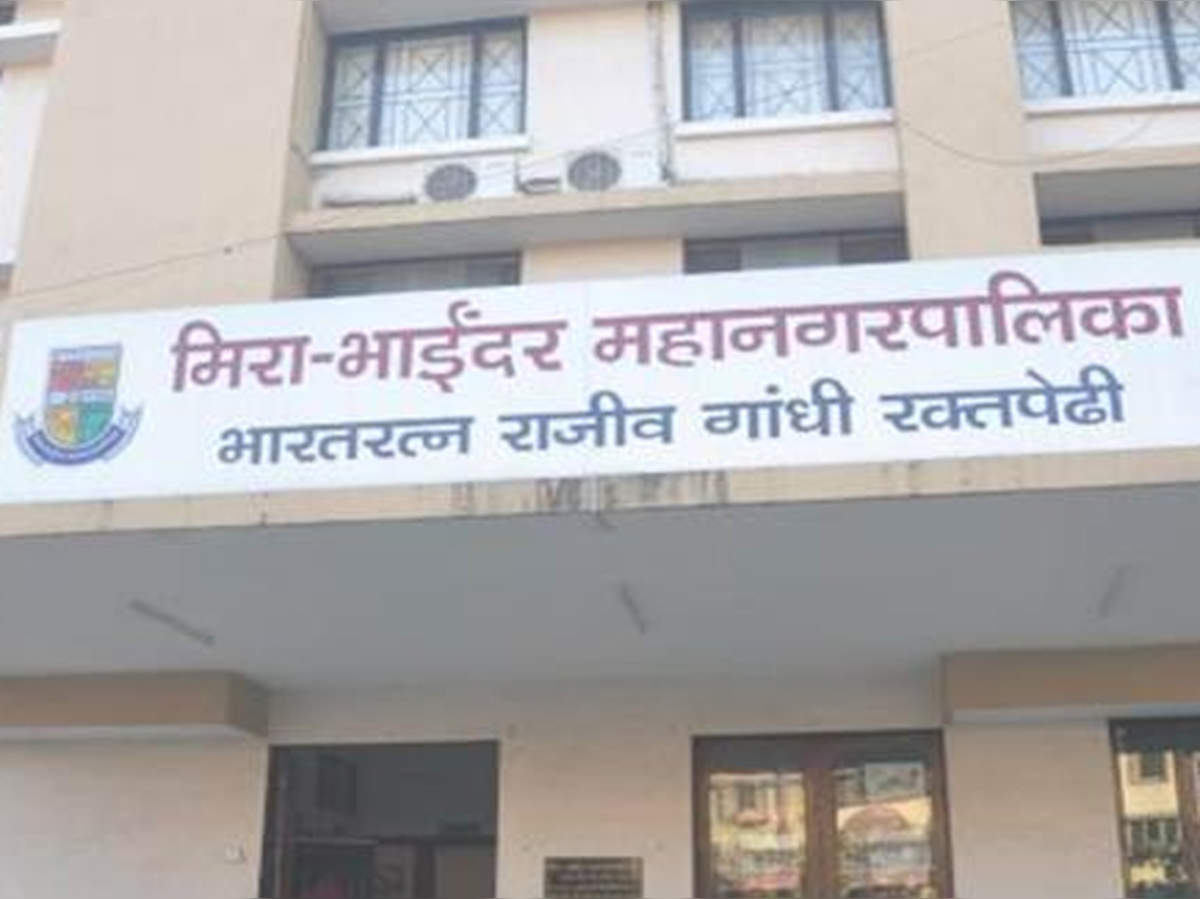
 The replication of the MBMC model in the Mumbai Metropolitan Region (MMR) to combat tuberculosis is a significant step towards eradicating this infectious disease. By adopting the successful strategies implemented by MBMC, other municipal corporations in MMR can strengthen their TB control efforts and provide improved access to diagnosis, treatment, and support services for affected individuals.
The replication of the MBMC model in the Mumbai Metropolitan Region (MMR) to combat tuberculosis is a significant step towards eradicating this infectious disease. By adopting the successful strategies implemented by MBMC, other municipal corporations in MMR can strengthen their TB control efforts and provide improved access to diagnosis, treatment, and support services for affected individuals.









.jpeg)


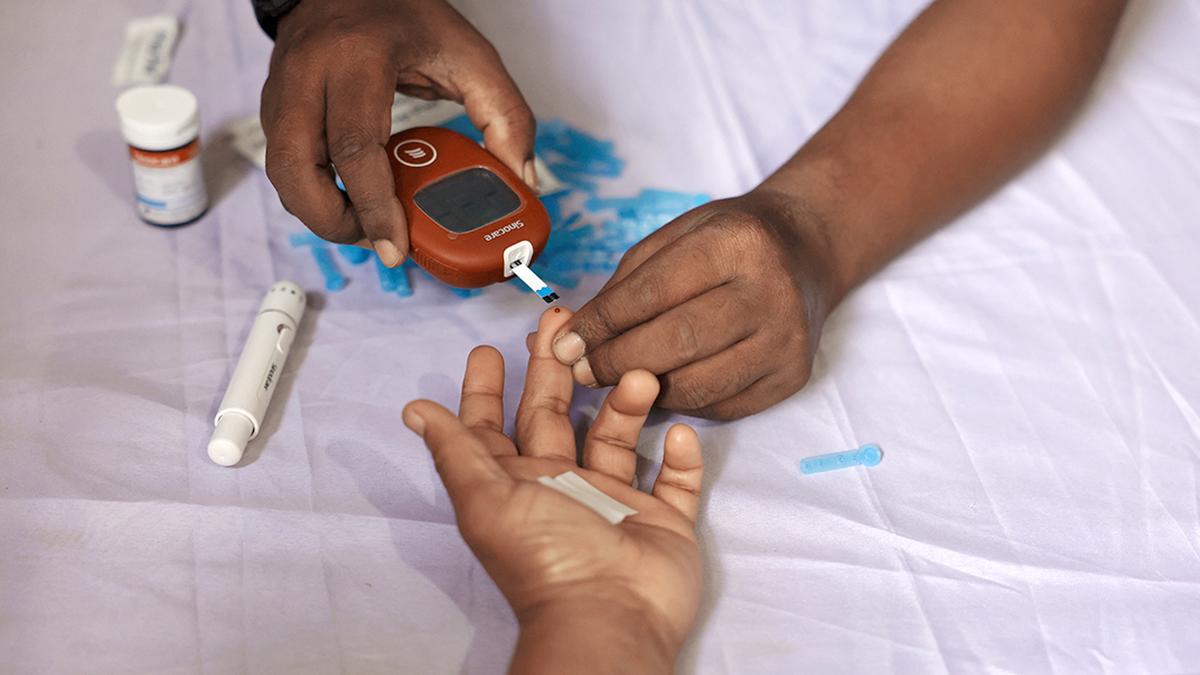


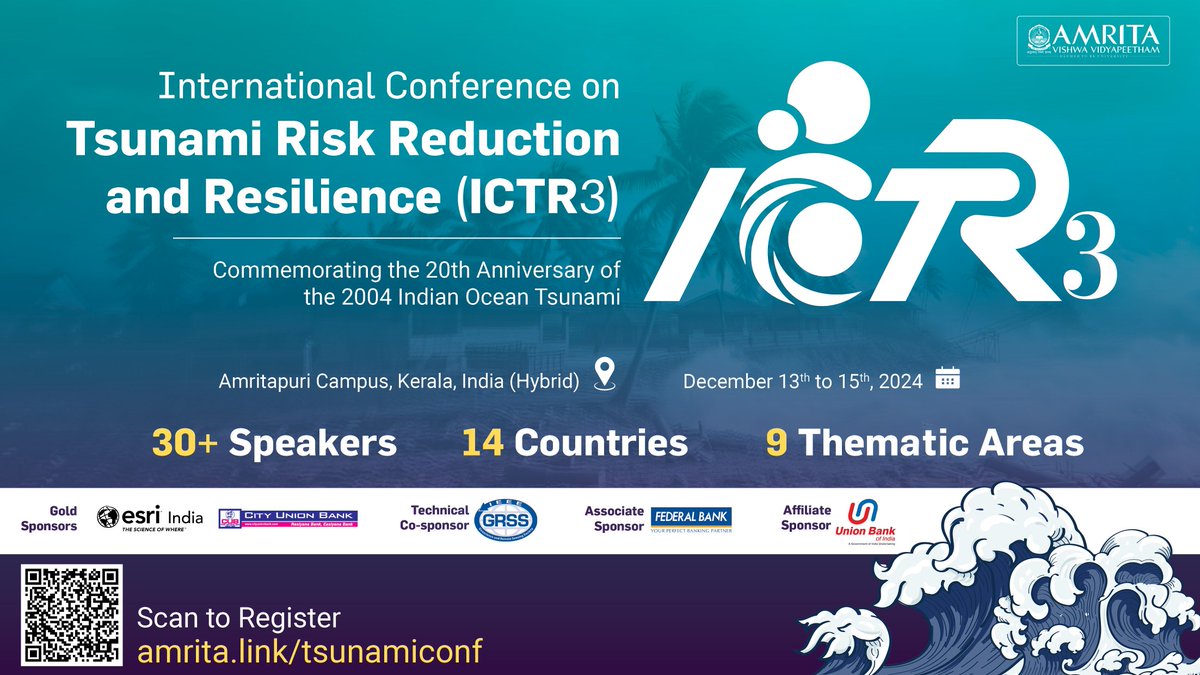


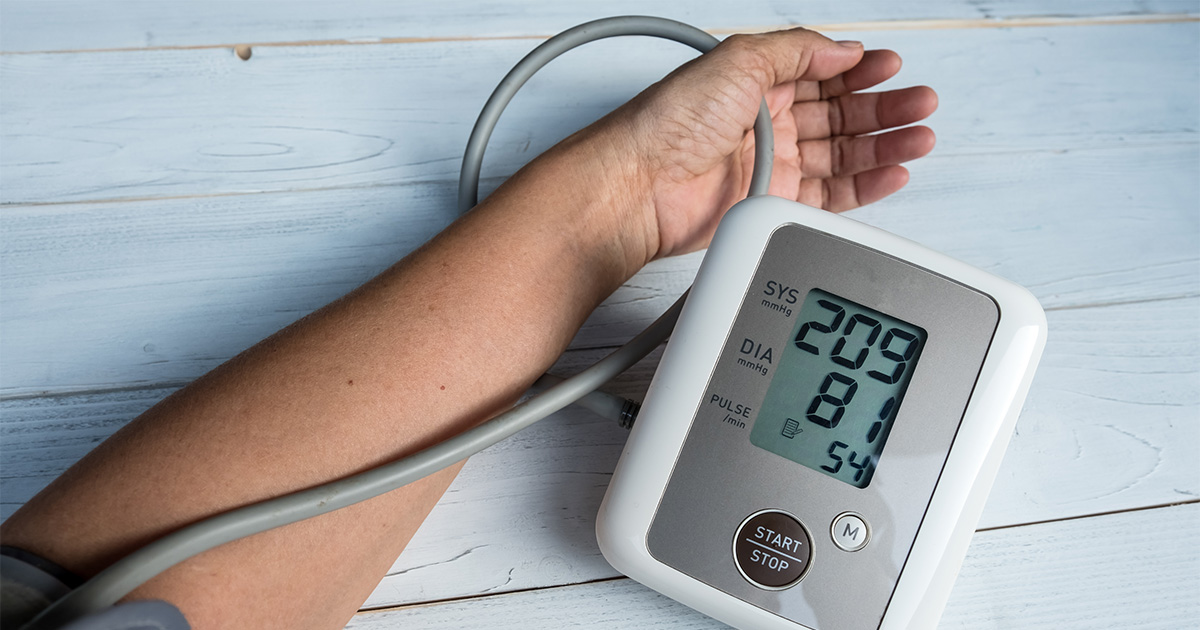

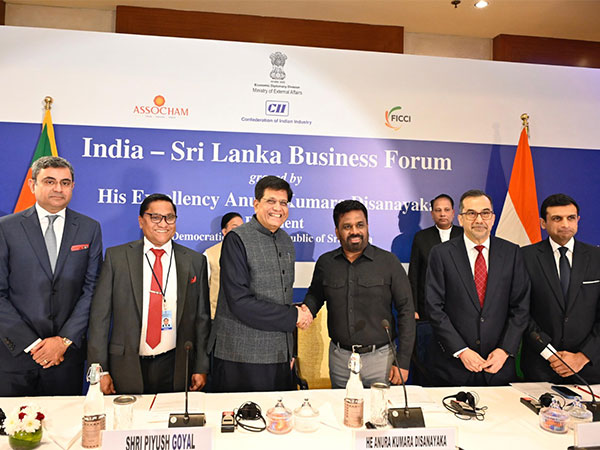
.jpg)

